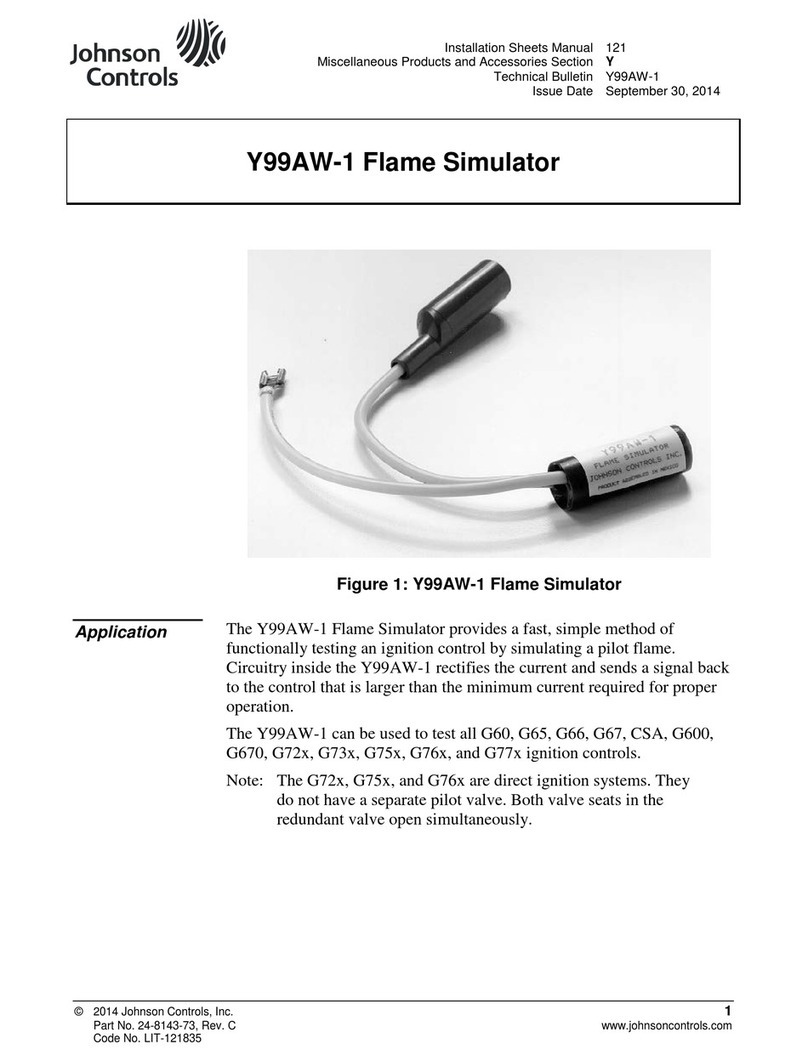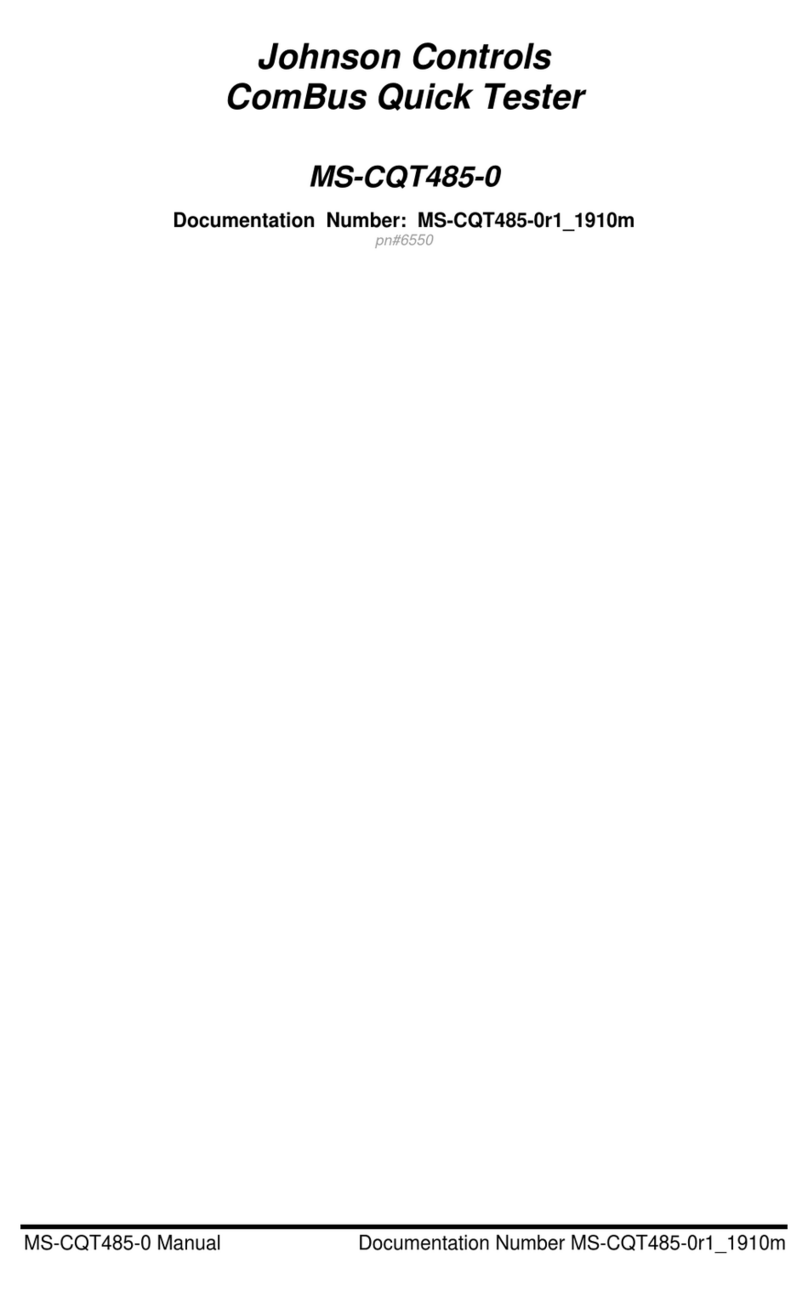
JOHNSON CONTROLS 7
FORM 50.40-OM1 (713)
ISSUE DATE: 07/17/2013
1
The YORK Refrigerant Recovery and Recycling units
are designed to handle all of the major refrigerants
used in air conditioning and refrigeration units. These
include R-11, R-114, R-123, R-12, R-134a, R-500,
R-502 and R-22.
Refrigerant storage vessels are of a low pressure design
for R-11, R-114 and R-123 and a high pressure design
for the remaining refrigerants.
Two styles of units are available. One is a self
contained “RSR”; the other is a combination of a “Por-
table Recovery Pak” – complete with controls – that
is used in combination with an “Easy Tank” storage
vessel complete with pressure safety controls and
liquid float switch.
INSPECTION – DAMAGE – SHORTAGE
The unit shipment should be checked on arrival to see
that all major pieces, boxes and crates are received.
The unit should be checked on the trailer or rail car
when received, before unloading, for visible signs of
damage. Any damage or signs of possible damage
should be reported to the transportation company im-
mediately for their inspection. Also advise the Johnson
Controls Regional or District Office so a Johnson Con-
trols representative can assist in filing damage claims.
JOHNSON CONTROLS WlLL NOT BE RESPON-
SIBLE FOR ANY DAMAGE IN SHIPMENT, OR AT
JOB SITE, OR LOSS OF PARTS.
If damage is found, Johnson Controls must be notified
and action must be taken to prevent further damage or
deterioration of the machinery, i.e.: a slow refrigerant
leak exposure of internal parts to atmosphere, etc.
When received at the job site, all containers should be
opened and contents checked against the packing list.
Any material shortage should be reported to Johnson
Controls immediately. (Refer to Shipping Damage
Claims, Form 50.15-NM.)
SAFETY SUMMARY
Installation and servicing of air conditioning equipment
and support equipment can be hazardous because of
system pressures and the presence of dangerous volt-
ages. Only trained and qualified service personnel
should install, repair, or service such equipment.
• When using or servicing RSR units, observe pre-
cautions in the literature, as well as those on tags
and labels attached to the equipment.
• Follow all safety codes. Wear glasses and work
gloves when handling refrigerants.
• Before performing service or maintenance opera-
tions on this unit, turn off main power switch and
disconnect power cord. Electrical shock could
cause personal injury.
• Only the storage cylinder, interconnecting hose
set, and lter‑driers supplied with the RST unit
may be used for hookup. Use of unspecied
equipment could result in operator injury and/or
release of refrigerant to the atmosphere.
• Avoid using an extension cord because the exten-
sion cord may overheat. If it is necessary to use an
extension cord, the cord shall be #10 AWG mini-
mum.
• Do not use this equipment near spilled or open
containers of gasoline or other ammable prod-
ucts.
• This equipment should be used in a location with
mechanical ventilation that provides at least four
(4) air changes per hour.
To avoid damaging the unit or the environment:
• The unit must be operated with the storage cylin-
der connected and valves fully open.
• Use only the hoses supplied with the unit.
• Shut off the lter‑drier valves before removing
thelterdrier.
SECTION 1 - INTRODUCTION































